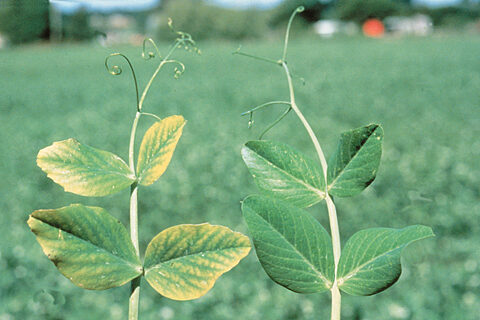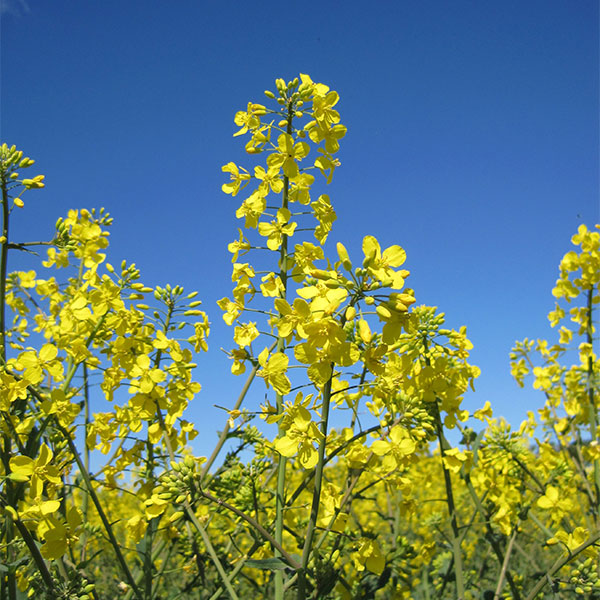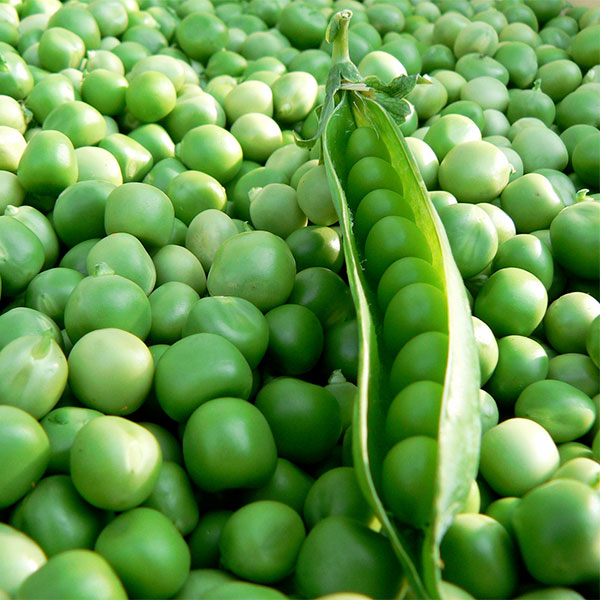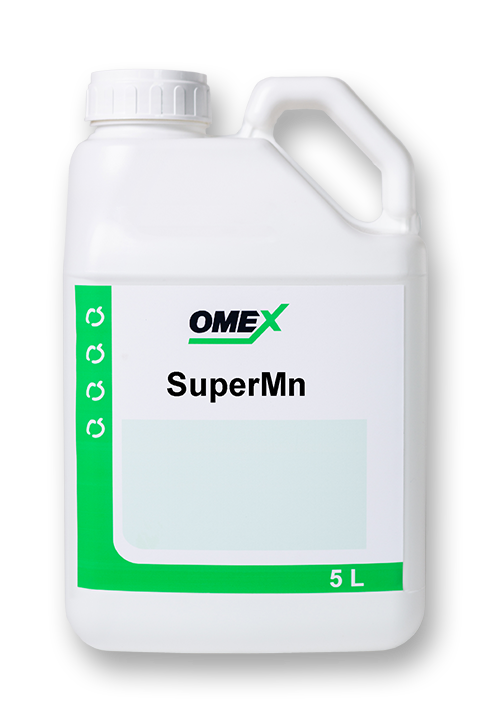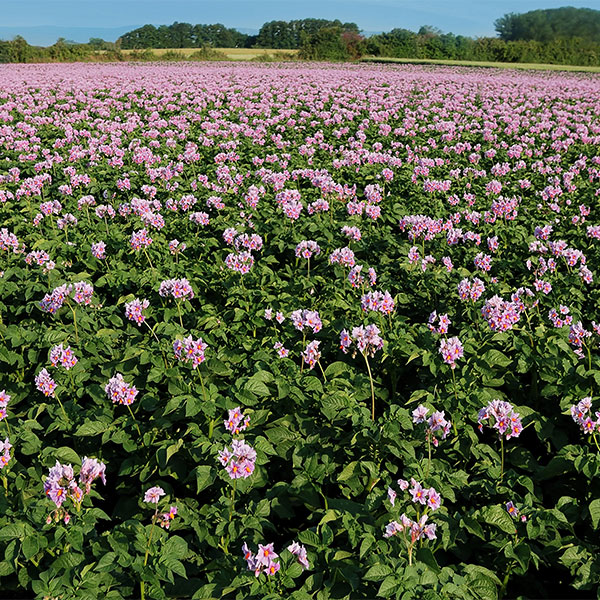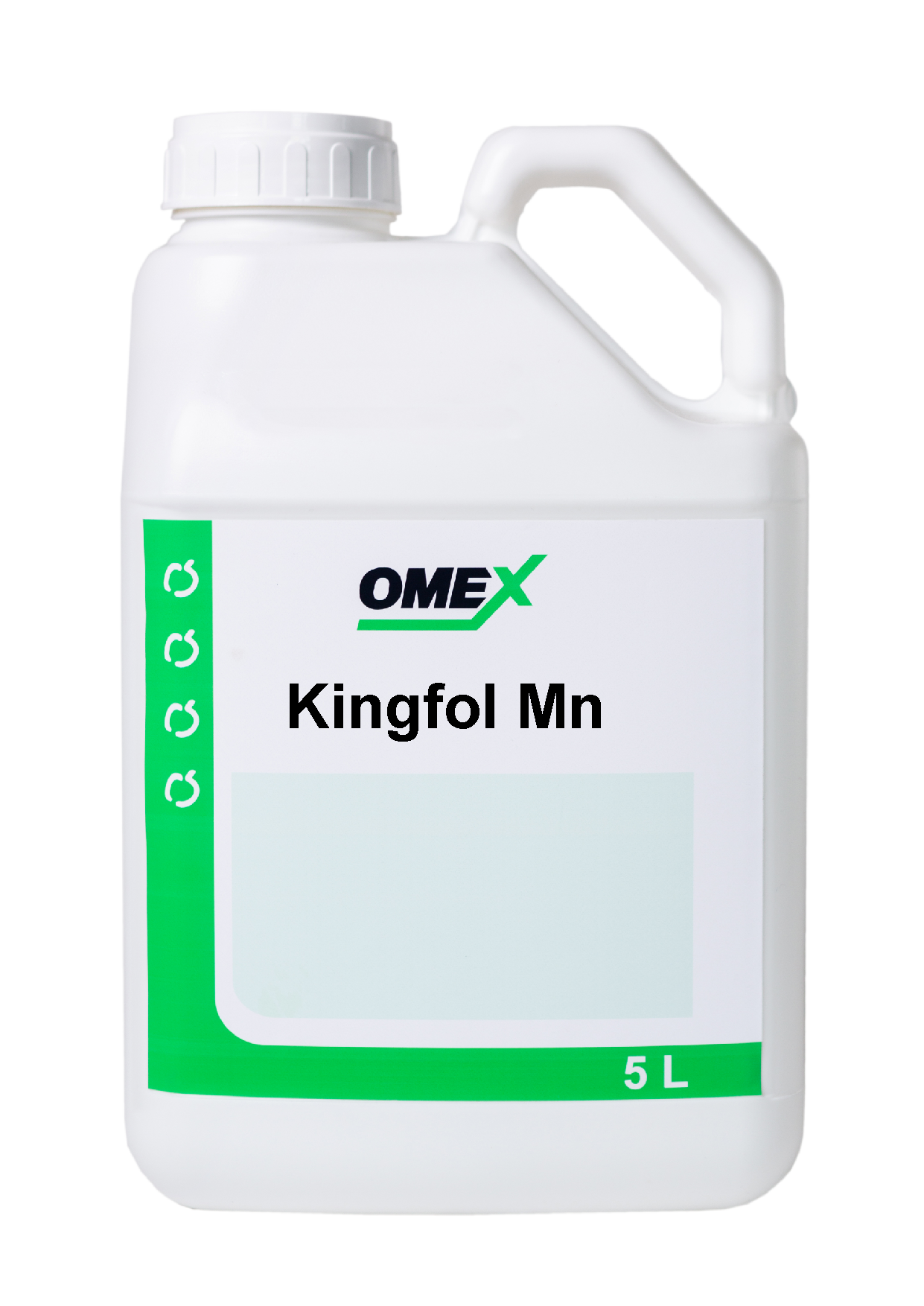Manganese nutrient deficiency in plants
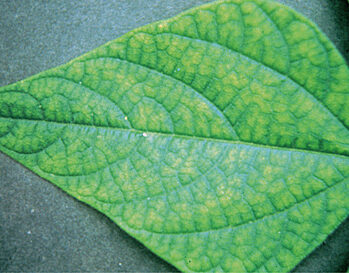
Early symptoms of interveinal chlorosis on young bean leaflet caused by manganese deficiency. Source: APS Digital Image Collections.
Form
Taken up as ionic Mn2+ and Mn3+, Manganese links with Iron to maintain photosynthesis and cell activity.
Function
Manganese regulates a wide range of reactions that occur within the cell. Often interchangeable with Iron, Manganese affects photosynthesis and is a vital part of both cell repair and defence. As a result, Manganese affects growth rates, plant development and tolerance to stress, particularly during the early stages of growth. Low Manganese status results in low plant vigour and reduced tolerance to stress and infection.
Symptoms
Manganese nutrient deficiency affects younger leaves and active growing points. Plants display slow growth, lax canopy and low vigour. Young leaves show a distinct mottled inter-veinal chlorosis.
Significance
Manganese stress restricts the conversion of sunlight to plant energy, resulting in slow growth rates, poor development and low tolerance to both biotic and abiotic stress. Manganese nutrient deficiency is often associated with alkaline soils and cold, wet growing conditions.
Actions
Check soil status and root development for compaction. Seed treatment and routine foliar treatment can be very effective, especially during the early stages of plant development and times of stress.
If you require any further information about deficiency problems or any of our products please get in touch ????

